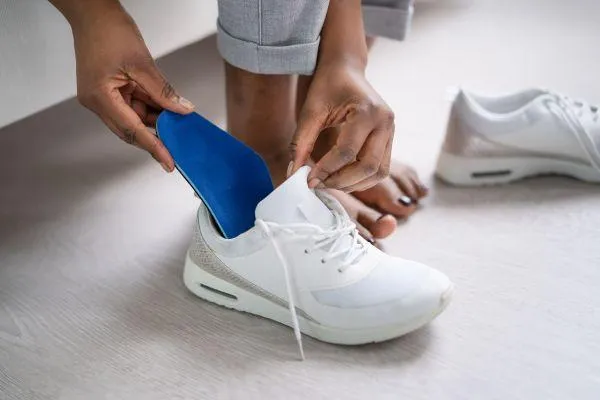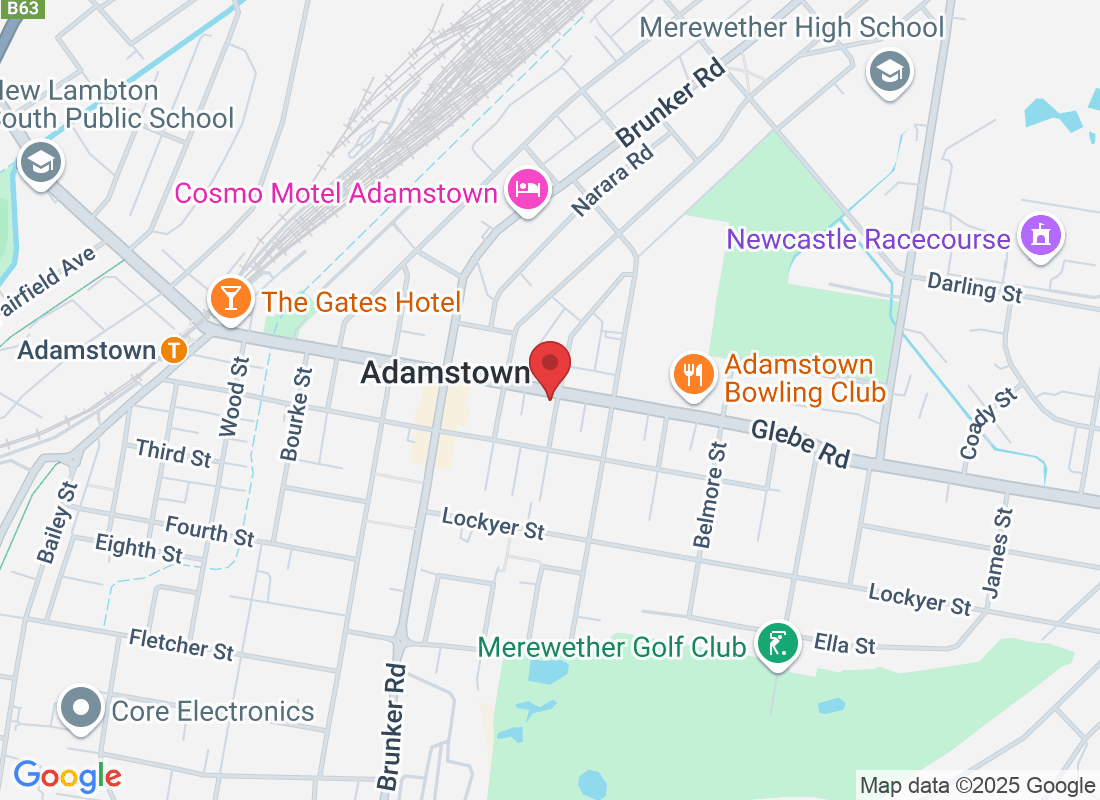
Do You Need Orthotics? Signs You Should Consider a Custom Solution
If you’ve been experiencing foot pain, discomfort, or other mobility issues, you might be wondering if orthotics could be the solution. Orthotics are custom-made devices designed to provide support, improve alignment, and reduce pain. But how do you know if you need them? In this post, we’ll explore some common symptoms and conditions that could indicate it’s time to consider a custom orthotic solution.
1. Chronic Foot Pain
Persistent foot pain is one of the most common signs that orthotics may be helpful. If you experience pain in your heels, arches, or balls of your feet, it could be a sign that your feet are not properly aligned or supported. Conditions like plantar fasciitis, heel spurs, or metatarsalgia (pain in the ball of the foot) can often be improved with the right custom orthotics.
What to Look For:
Pain in the bottom of the heel, especially first thing in the morning.
A sharp pain when standing after sitting for a while.
Persistent foot pain that doesn’t go away with stretching or over-the-counter insoles.
2. Flat Feet or High Arches
The shape of your feet plays a crucial role in how they function during everyday activities. If you have flat feet (low arches), the lack of proper arch support can lead to pain and discomfort. On the other hand, high arches can create excessive pressure on certain areas of your feet, leading to pain and instability.
What to Look For:
Pain in the feet, knees, or lower back after standing or walking for long periods.
A noticeable inward or outward tilt of the feet when walking.
Discomfort in the arches or heels that worsens with activity.
3. Knee, Hip, or Lower Back Pain
Your feet are the foundation of your body, so if something is off with their alignment, it can affect the entire musculoskeletal system. Poor foot mechanics, such as excessive pronation (rolling in) or supination (rolling out), can lead to pain in the knees, hips, and lower back due to misalignment in the way you move.
What to Look For:
Pain in the knees, hips, or lower back that seems to be linked to walking or standing.
Discomfort that worsens with physical activity or long periods of standing.
A feeling of instability or misalignment when walking or running.
4. Frequent Injuries or Repeated Stress
If you frequently experience injuries, such as sprained ankles or stress fractures, it could indicate an underlying issue with your foot mechanics. Overuse or improper alignment can lead to repetitive strain on certain areas of the body, resulting in ongoing injuries.
What to Look For:
Frequent ankle sprains or strain in the foot.
Repeated injuries that happen during sports or physical activity.
Stress fractures or shin splints that reoccur despite proper rest.
5. Changes in Gait or Walking Pattern
A change in your walking pattern, or gait, can be a sign that your feet are not providing proper support. If you find that you are limping, dragging your feet, or avoiding certain movements due to discomfort, it could indicate an imbalance that orthotics could address.
What to Look For:
A noticeable change in the way you walk, such as limping or dragging one foot.
Difficulty walking long distances or performing regular activities due to discomfort.
The feeling of fatigue or discomfort after walking or standing, even for short periods.
6. Standing or Walking for Long Periods
If your work or daily activities require you to be on your feet for long periods, you may be more susceptible to foot pain and discomfort. Standing or walking for extended periods can cause strain on your feet, especially if they are not properly supported.
What to Look For:
Pain or swelling in the feet after standing or walking for a long time.
A feeling of discomfort in the arches or heels during or after activity.
Aching or tired feet after standing, walking, or running for extended periods.
7. Foot Fatigue or Swelling
Constant foot fatigue, particularly after long days of activity, could signal a need for orthotics. Swelling, particularly in the arch or heel, may indicate that the feet are not being properly supported, causing additional strain on the feet and lower limbs.
What to Look For:
Swelling in the feet, especially after physical activity.
Feet feeling fatigued or heavy after standing or walking.
A sensation of tightness or discomfort in the feet by the end of the day.
Conclusion
Orthotics can provide much-needed support, reduce pain, and enhance mobility when properly prescribed. If any of these signs resonate with you, it might be time to consider custom orthotics as part of your treatment plan. At Sport and Spine Physiotherapy, we offer a thorough assessment to determine the best solution for your needs. Our custom orthotics are tailored to your specific foot structure and movement patterns, ensuring optimal support and comfort. If you’re experiencing any of the symptoms mentioned above, get in touch with us today to learn more about how orthotics can improve your foot health and mobility.



